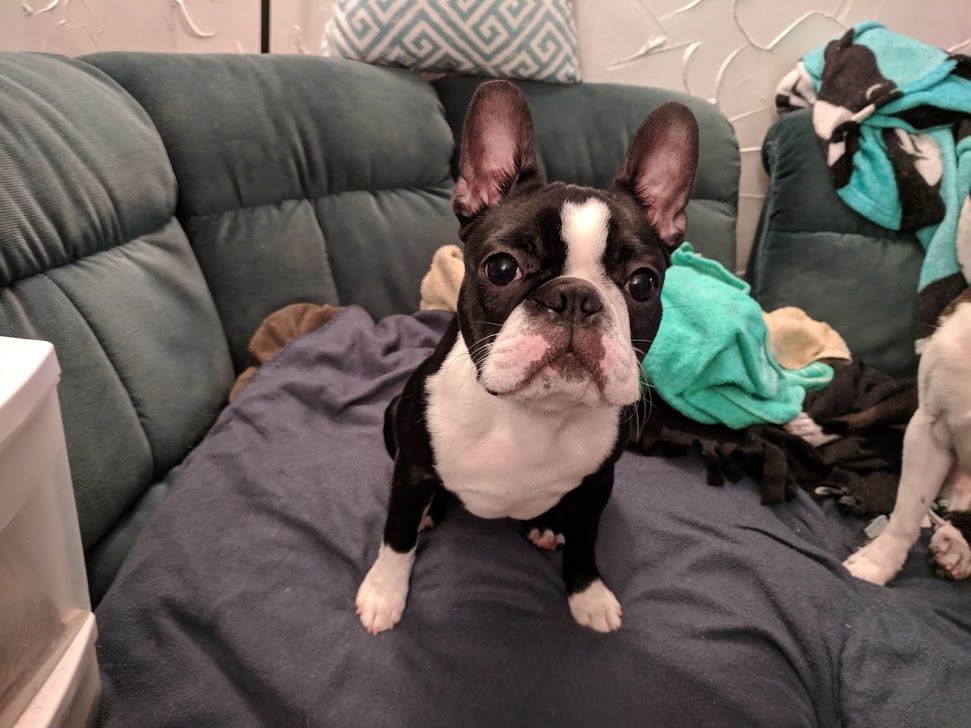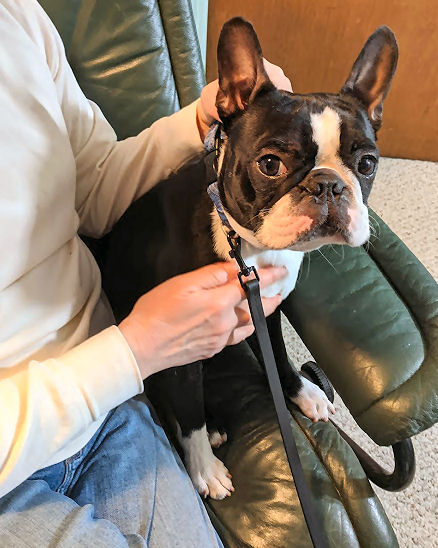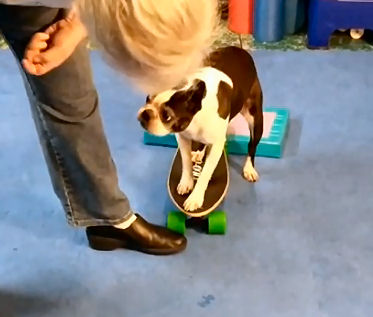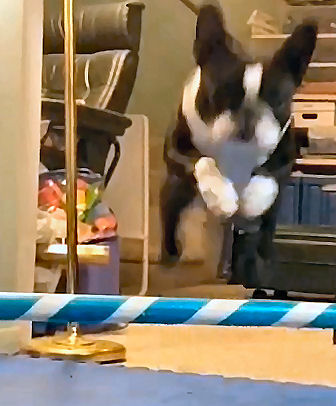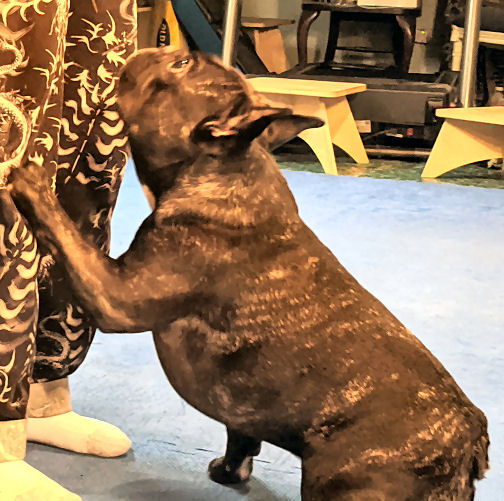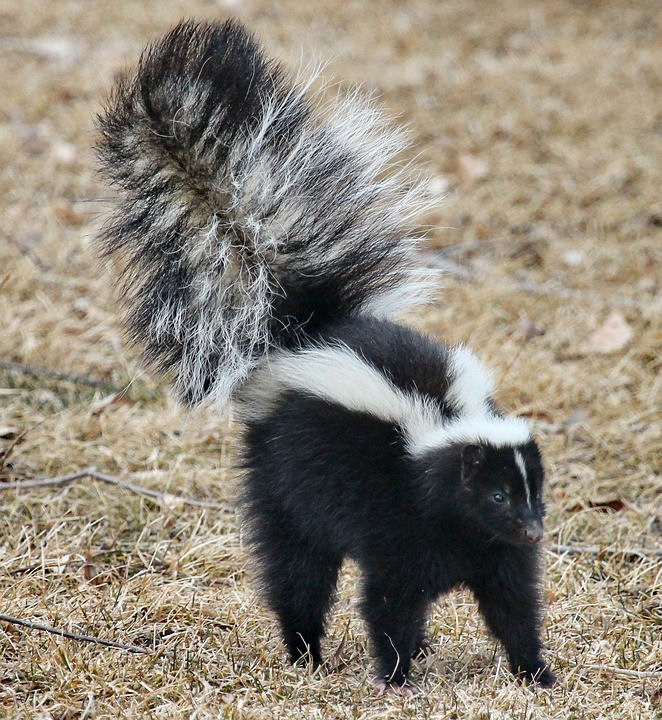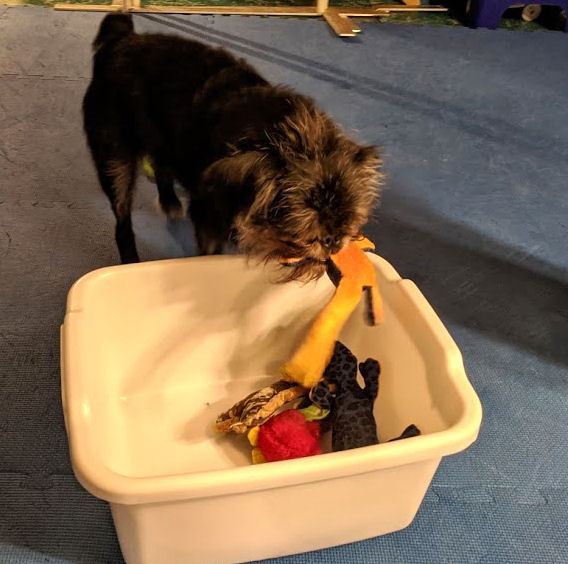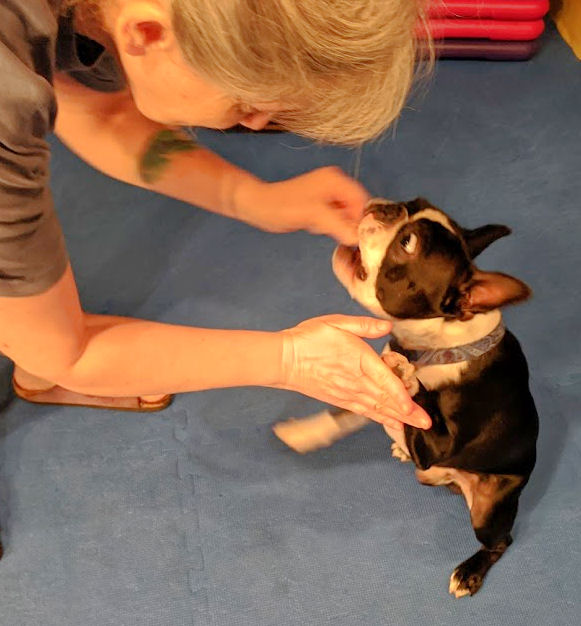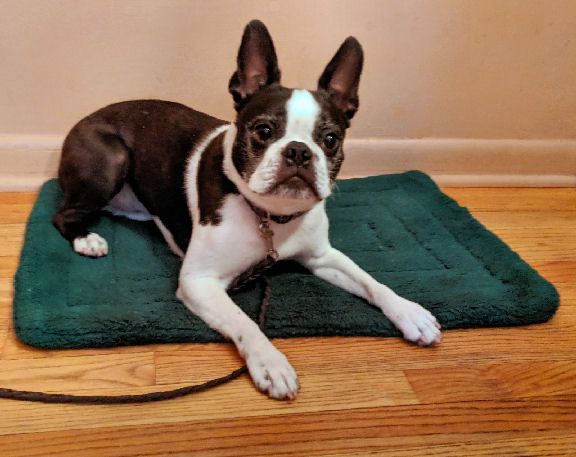Feeling overwhelmed by all there is to teach your dog? There’s so much dog training to do! Especially if you have a puppy or a newly-adopted dog. There’s just so much! From the daily routine, to potty-training, to leash walking, to jumping, barking, etc. The list goes on and on.
You don’t need to “fix” everything all at once. There’s no schedule, or deadline. Your relationship with your dog, your partnership, will grow over time and whatever issues you have will melt away as your dog’s understanding grows and strengthens.
Pick just one thing
Another consideration is how very tired you are with a new dog in the house. A new addition sucks up a lot of time and energy – without accomplishing much of anything. Or having much fun. We understand. You’re not alone.
And that’s why it’s vital to carve out those two minutes to have fun with your dog. Everyone can find two minutes to play! It doesn’t have to be the same time every day. Or the same place.
All you have to do is decide. Play a dog training game around the last thing your dog did that was annoying. Or naughty. Or wonderful! You can also play games to reinforce good behavior.
It gets done – one little bit at a time
We come from a long and not-so-proud heritage of pack-rat personalities. We never reached hoarder status, but there was too much stuff. To turn things around, we just decided to do it. It’s probably the origin of 2-Minute-Trainer. Because we grabbed a timer, set it for 15 minutes, and tackled whatever mess was in front of us.
You can decide to play training games with your dog, too. You won’t “fix” everything in a day. It takes time. And the progress is incremental. But one day you’ll look around and realize – we did it! Our home was tidy! And you’ll look around one day, sooner than you think, and realize you have the world’s best dog!
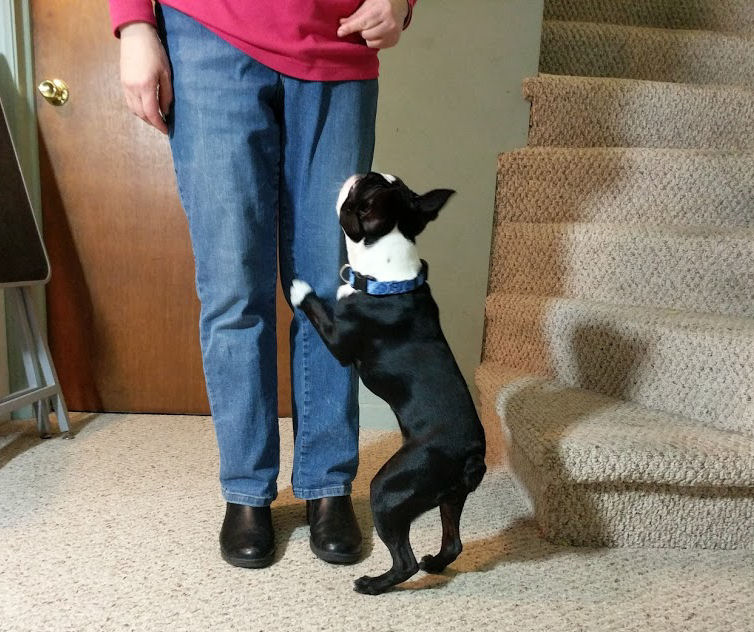
Don’t even try for big chunks. Nibble away! If there’s a specific behavior you want to change, picture the change and parse it into the smallest possible steps. Work one step at a time, and soon they’ll all be done. Remember the Lao Tzu proverb: The journey of a thousand miles begins with one step.
So much dog training
All dog training, even little Puppy Push-ups games, address the three things we all want: better manners, increased trust, and expanded confidence in our dogs. When you have no ideas for today’s game, fall back on something your dog already knows and loves.
If you want to change it up, do it in a different room. Or outside. Just know that every single 2-Minute Training session you spend with your dog will have lasting effects. The relationship between you and your dog will grow geometrically as you play dog training games.

